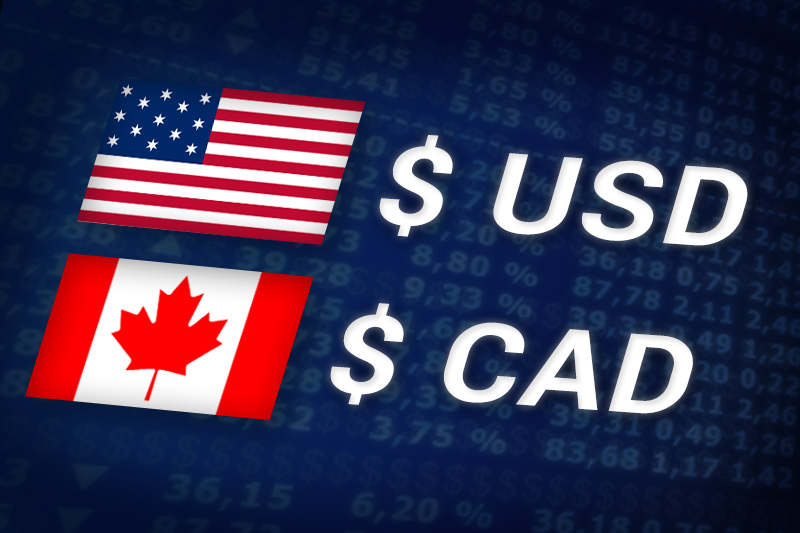Investing.com - The Canadian dollar fell against its U.S. counterpart on Tuesday after economic growth figures came in weaker than expected in Canada, while the greenback saw global demand on news Spain has fallen into a recession, the second since 2009.
In Asian trading on Tuesday, USD/CAD hit 0.9882, up 0.10%, up from a low of 0.9868 and off a high of 0.9885.
The pair sought to test support at 0.9800, the low of April 27, and resistance at 0.9929, the high of April 24.
Canada reported its gross domestic product contracted 0.2% in February, worse than expectations for growth of 0.2%, mainly due to slowdowns in the country's oil and mining sector.
The news doused any expectations the Bank of Canada will raise interest rates soon and to the contrary, will likely keep unchanged for longer.
The dollar, meanwhile, continued to see demand on news Spain has fallen back into recession.
However, sluggish economic data out of the U.S. tempered the greenback's gains against its Canadian counterpart.
The Chicago purchasing managers’ index, a key gauge for Midwest manufacturing activity, fell to a seasonally adjusted 56.2 reading for April from 62.2 in March, the worst reading since November of 2009.
Analysts had expected the index to decline to only 61.0 in April.
The Bureau of Economic Analysis, meanwhile, reported that consumer spending jumped 0.3% in March, slowing from 0.9% the previous month and a little below market hopes for a 0.4% gain.
Personal incomes, meanwhile, rose 0.4% in March, outpacing market forecasts for 0.3% growth.
The Canadian dollar, meanwhile, was down against the euro and down against the yen, with EUR/CAD up 0.08% and trading at 1.3081 and CAD/JPY down 0.07% at 80.80.
Later Tuesday, Bank of Canada Governor Mark Carney is to speak in Toronto, and his comments will be closely watched for any clues on the future possible direction of monetary policy.
In the U.S., the Institute for Supply Management is to release a closely watched report on manufacturing activity.
In Asian trading on Tuesday, USD/CAD hit 0.9882, up 0.10%, up from a low of 0.9868 and off a high of 0.9885.
The pair sought to test support at 0.9800, the low of April 27, and resistance at 0.9929, the high of April 24.
Canada reported its gross domestic product contracted 0.2% in February, worse than expectations for growth of 0.2%, mainly due to slowdowns in the country's oil and mining sector.
The news doused any expectations the Bank of Canada will raise interest rates soon and to the contrary, will likely keep unchanged for longer.
The dollar, meanwhile, continued to see demand on news Spain has fallen back into recession.
However, sluggish economic data out of the U.S. tempered the greenback's gains against its Canadian counterpart.
The Chicago purchasing managers’ index, a key gauge for Midwest manufacturing activity, fell to a seasonally adjusted 56.2 reading for April from 62.2 in March, the worst reading since November of 2009.
Analysts had expected the index to decline to only 61.0 in April.
The Bureau of Economic Analysis, meanwhile, reported that consumer spending jumped 0.3% in March, slowing from 0.9% the previous month and a little below market hopes for a 0.4% gain.
Personal incomes, meanwhile, rose 0.4% in March, outpacing market forecasts for 0.3% growth.
The Canadian dollar, meanwhile, was down against the euro and down against the yen, with EUR/CAD up 0.08% and trading at 1.3081 and CAD/JPY down 0.07% at 80.80.
Later Tuesday, Bank of Canada Governor Mark Carney is to speak in Toronto, and his comments will be closely watched for any clues on the future possible direction of monetary policy.
In the U.S., the Institute for Supply Management is to release a closely watched report on manufacturing activity.
